‘Very sceptical’: 31,000 year-old skeleton theory debunked
A team of Australian surgeons have debunked a scientific breakthrough which was lauded as rewriting our understanding of human history.
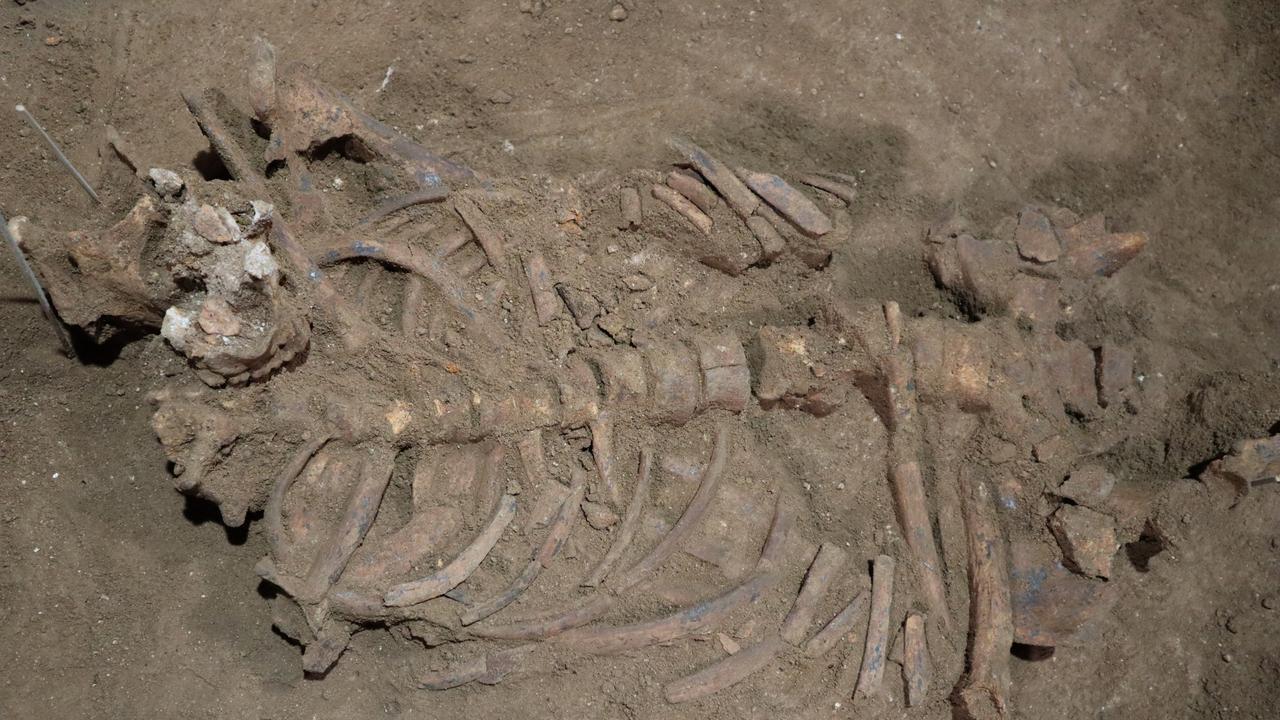
A team of Australian orthopaedic surgeons and infectious disease specialists have debunked a scientific breakthrough which was lauded as rewriting our understanding of human history.
In 2020, archaeologists discovered a 31,000-year-old skeleton missing its lower left leg in a remote Indonesian cave.
An expedition team led by Australian and Indonesian archaeologists stumbled upon the skeletal remains while excavating a limestone cave in East Kalimantan, Borneo looking for ancient rock art in 2020.
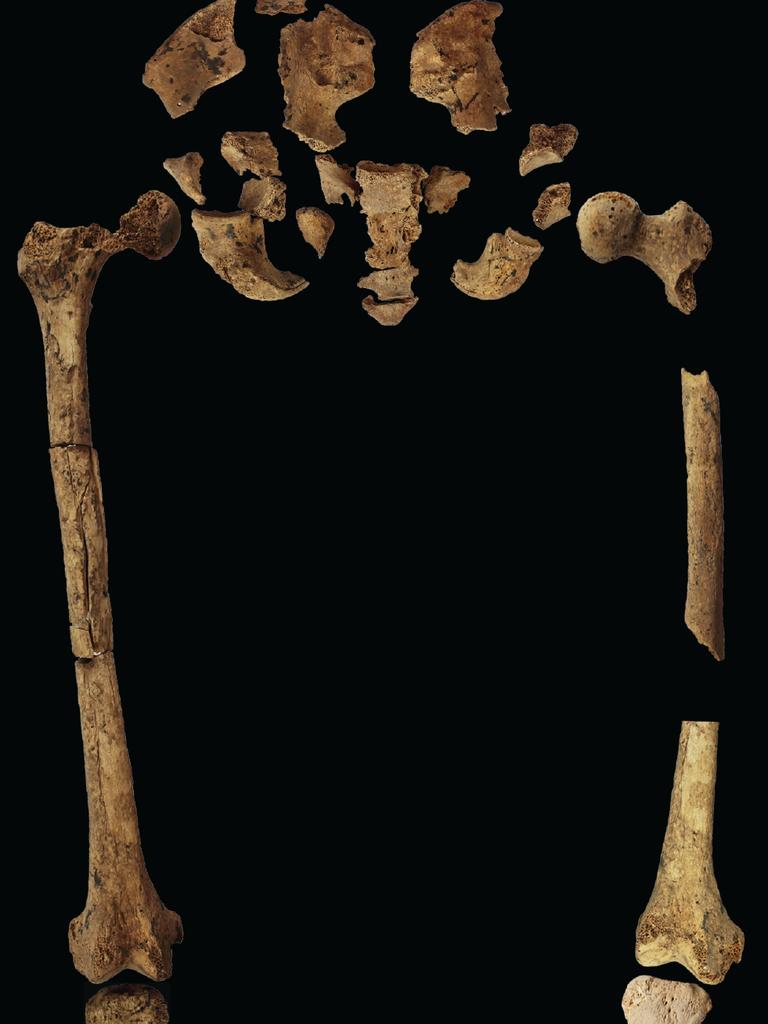
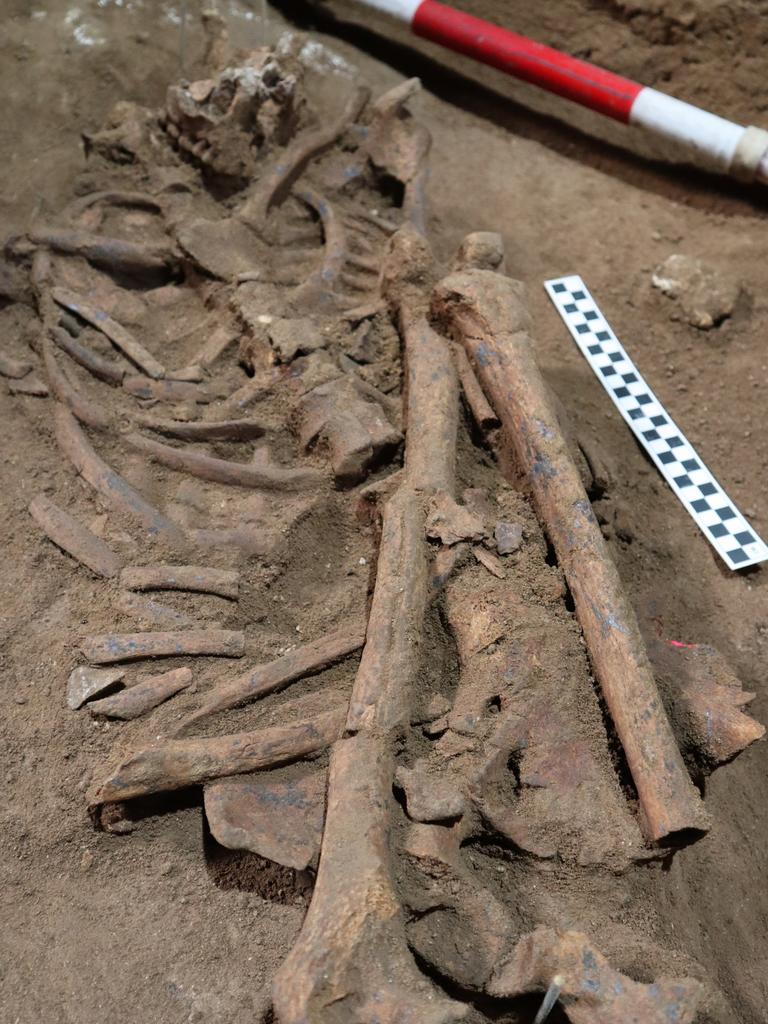
The archaeologists argued it was the earliest known evidence of surgery, according to a peer reviewed study.
The finding they said was evidence of the earliest known surgical amputation, predating other discoveries of complex medical procedures across Eurasia by tens of thousands of years.
Dr Tim Maloney, a research fellow at Australia’s Griffith University, at the time said the nature of the healing, including the clean stump, showed it was caused by amputation and not an accident or animal attack.
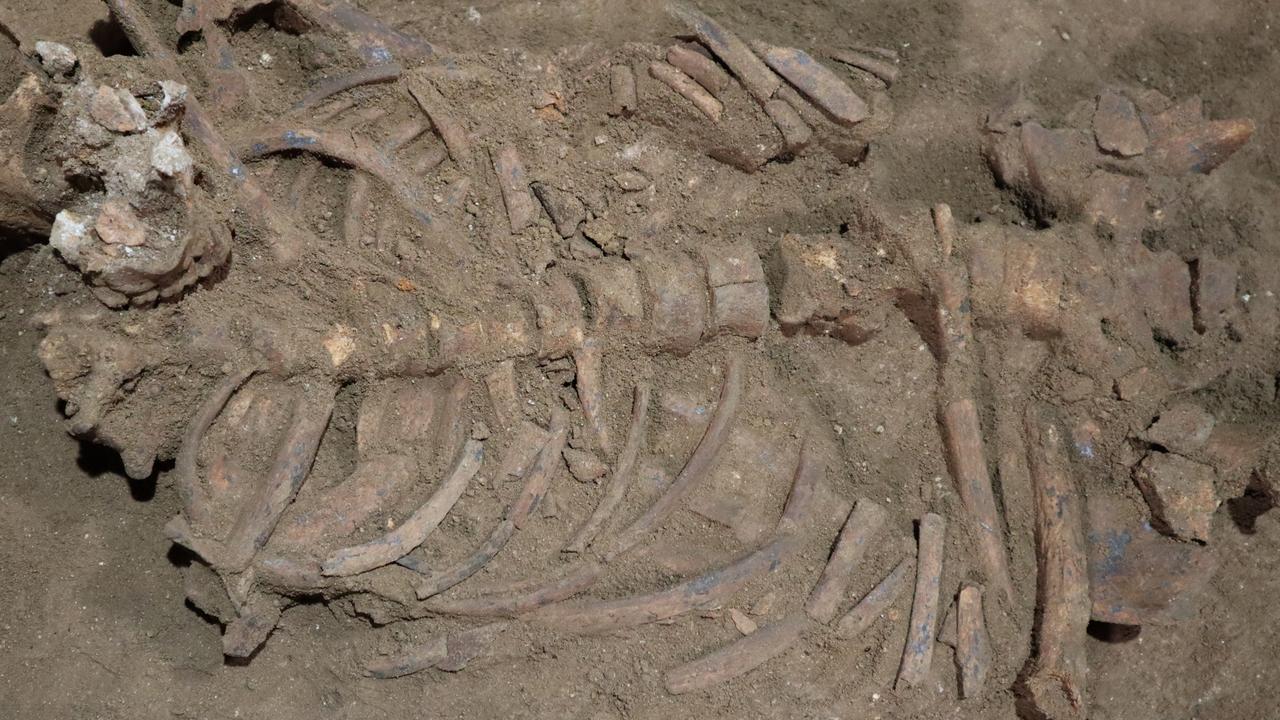
But this month a team of Newcastle doctors and clinicians have refuted the claims in the journal Nature as lacking any understanding of orthopaedic practices.
Professor Zsolt Balogh, a trauma surgeon at John Hunter Hospital in Newcastle, told news.com.au he was “very sceptical” about the publication’s findings.
“The main conclusion of surgical amputation 31,000 years ago is unlikely,” he said.
“There are much more plausible causes.”
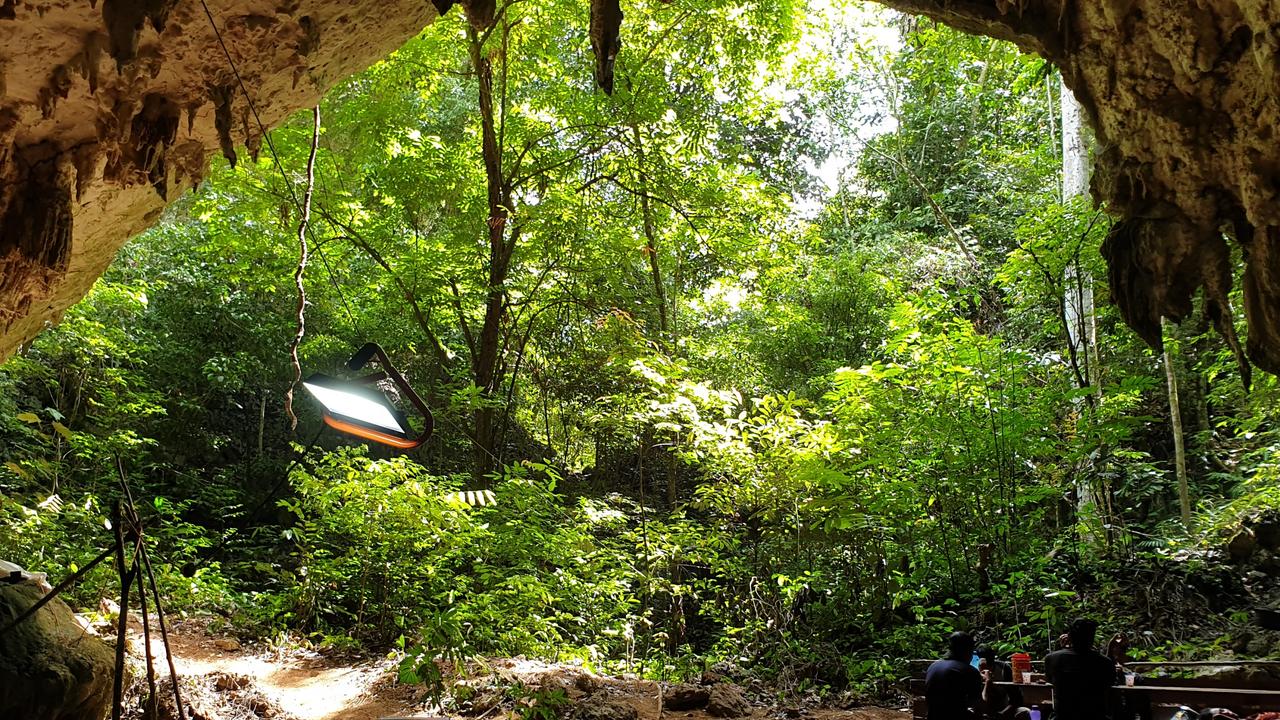
Prof Balogh said the most obvious cause is“in a simple open fracture, the person injured the limb and was cut down through the soft tissue rather than the bone”.
“An amputation in this cave is not cognisant with the image,” he said.
He said the authors missed emphasising a far more important and noteworthy finding which is that the person with the lost limb “actually survived in this prehistoric community for years”.
“Thirty-one-thousand years ago, prehistoric humans had the ability to care for each other, to care for a person who lost their limb,” he said.
Dr Maloney has been contacted for comment.






